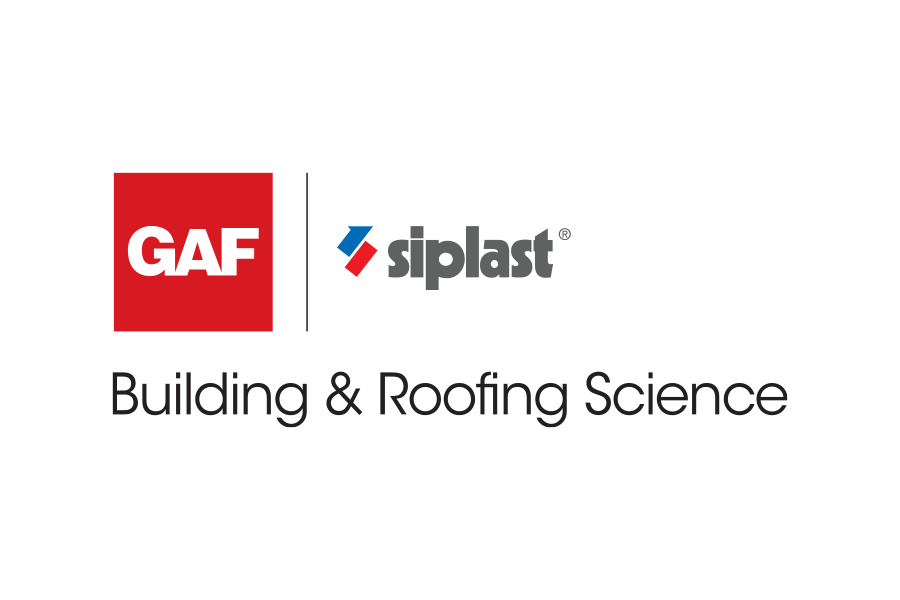
Entanglement of Vapor Retarders and Air Barriers in Roof Design
Vapor retarders and air barriers – what is the difference? Are we controlling vapor diffusion or air movement? Or both? Air barriers are required for new buildings per the IECC 2015 and IECC 2018, and the importance of air barriers cannot be overstated for energy efficiency and moisture control. We will discuss common vapor retarders and air barriers, how they’re installed, and the critical installation details as it relates to the roof and roof/wall interface. A case study with over one million square feet of roofing will be presented to show real-world design and installation considerations and challenges. You’ll also learn that current installation of vapor retarders and air barriers over concrete, steel, and wood decks require different materials and application methods. What’s new, what’s the same, and what to think about when you design roof assemblies in different climate zones and over different types of occupancies with varying construction types.
Sponsored by GAF | Siplast
Vapor retarders and air barriers – what is the difference? Are we controlling vapor diffusion or air movement? Or both? Air barriers are required for new buildings per the IECC 2015 and IECC 2018, and the importance of air barriers cannot be overstated for energy efficiency and moisture control. We will discuss common vapor retarders and air barriers, how they’re installed, and the critical installation details as it relates to the roof and roof/wall interface. A case study with over one million square feet of roofing will be presented to show real-world design and installation considerations and challenges. You’ll also learn that current installation of vapor retarders and air barriers over concrete, steel, and wood decks require different materials and application methods. What’s new, what’s the same, and what to think about when you design roof assemblies in different climate zones and over different types of occupancies with varying construction types.
The Building and Roofing Science team offers regional expert building enclosure collaboration through design, specification, and educational support for customers of GAF and Siplast, both Standard Industries companies. GAF is North America’s largest roofing manufacturer with more homes and businesses in the U.S. protected by a GAF roof than any other product. Siplast, a leader in building enclosure systems, offers a portfolio of advanced, high-performance SBS-modified bitumen, PMMA liquid-applied, PVC KEE, lightweight insulating concrete, wall air & water barrier systems, and amenity/vegetated systems.
LEARNING OBJECTIVES
Define the differences between air barriers and vapor retarders. Understand how these materials impact roof design and performance. Review code requirements and how to achieve compliance. Outline design and specification requirements to set achievable performance.










